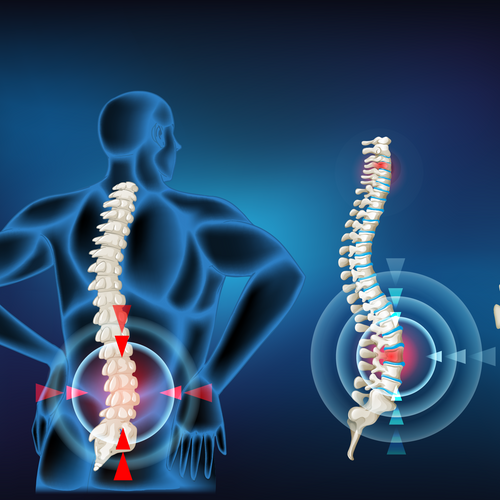Inflammation is the body's natural response to injury or infection, but when it becomes chronic, it can contribute to a wide range of health issues, including pain, stiffness, and reduced mobility. While medications are often used to manage inflammation, many individuals seek alternative therapies like chiropractic care to address the underlying causes and promote healing. In this article, we explore how chiropractic techniques can play a role in reducing inflammation and restoring balance to the body.
Understanding Inflammation
Inflammation is the body's immune response to harmful stimuli, such as pathogens, damaged cells, or irritants. While acute inflammation is a protective mechanism that helps the body heal, chronic inflammation can lead to tissue damage and contribute to various chronic diseases, including arthritis, autoimmune disorders, and cardiovascular disease.
How Chiropractic Care Addresses Inflammation
1. Spinal Adjustment:
Chiropractic adjustments aim to correct misalignments in the spine, known as subluxations, which can interfere with the nervous system and contribute to inflammation. By restoring proper alignment, chiropractic care may help reduce nerve irritation and inflammation.
2. Soft Tissue Therapy:
Chiropractors often utilize soft tissue techniques such as massage, myofascial release, and trigger point therapy to alleviate muscle tension and reduce inflammation. These therapies help improve circulation, reduce muscle stiffness, and promote the body's natural healing response.
3. Lifestyle Counseling:
Chiropractors provide guidance on lifestyle factors that can contribute to inflammation, such as poor posture, inadequate nutrition, and sedentary behavior. By addressing these factors and promoting healthy habits, chiropractic care supports overall well-being and reduces inflammation.
Evidence Supporting Chiropractic Care for Inflammation
While more research is needed to establish the effectiveness of chiropractic care specifically for inflammation, several studies and clinical observations suggest positive outcomes:
-
A study published in the Journal of Chiropractic Medicine found that chiropractic adjustments were associated with reductions in inflammatory markers, such as C-reactive protein (CRP), in patients with low back pain.1
-
Another study published in the Journal of Manipulative and Physiological Therapeutics reported improvements in pain and function among patients with osteoarthritis who received chiropractic care compared to those who received standard medical care.2
Chiropractic care offers a holistic approach to reducing inflammation and promoting overall health and well-being. By addressing spinal misalignments, reducing muscle tension, and promoting healthy lifestyle habits, chiropractors help individuals manage inflammation and its associated symptoms naturally.
Footnotes
- Teodorczyk-Injeyan, J. A., McGregor, M., Ruegg, R., & Injeyan, H. S. (2010). Interleukin 2-regulated in vitro antibody production following a single spinal manipulative treatment in normal subjects. Journal of Manipulative and Physiological Therapeutics, 33(8), 576-583.
- Brantingham, J. W., Globe, G. A., Cassa, T. K., Globe, D. R., & Pollard, H. (2012). Chiropractic management of low back pain and low back-related leg complaints: A literature synthesis. Journal of Manipulative and Physiological Therapeutics, 35(9), 685-707.









